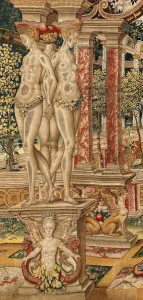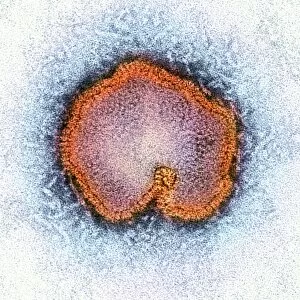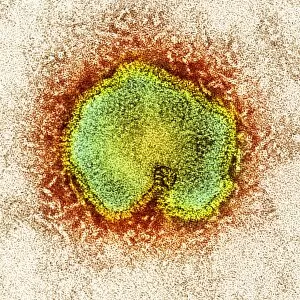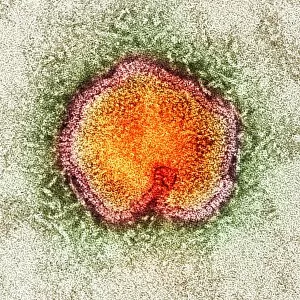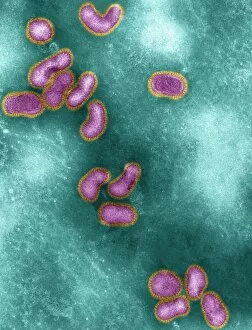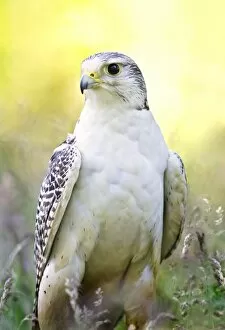Polymorphic Collection
"Polymorphic: The Art of Transformation and Adaptation" In the realm of art
All Professionally Made to Order for Quick Shipping
"Polymorphic: The Art of Transformation and Adaptation" In the realm of art, the concept of polymorphism comes alive through captivating masterpieces that depict transformation and adaptation. One such artwork is "Vertumnus and Pomona: Vertumnus transformed into a pruner, " created around 1550. This mesmerizing piece, crafted with gold, wool, and silk, portrays the mythical god Vertumnus taking on the guise of a pruner to win over his beloved Pomona. Another rendition of this enchanting tale can be found in a tapestry from the same era. Here again, we witness Vertumnus' incredible ability to morph into different forms as he transforms himself into a pruner to capture Pomona's heart. Nature itself showcases its own version of polymorphism through creatures like the Common Mormon butterfly. With its strikingly diverse wing patterns among males and females, this beautiful insect exemplifies how adaptation can lead to survival in ever-changing environments. On another note, scientific exploration reveals an intriguing example of polymorphism within viruses. Take for instance the Avian influenza virus captured under transmission electron microscopy (TEM). In these microscopic images labeled C015/8800, C015/8799, C015/8797 or C016/5843 - 5842 - 2354 - 2353 - 2352; we observe distinct variations in viral structures that allow them to adapt and evolve rapidly. Just like these artistic representations and natural phenomena demonstrate polymorphism's essence – versatility and flexibility – it serves as a reminder that change is inevitable. Whether it be through mythological tales or scientific discoveries, our world constantly reminds us that embracing transformation leads us towards growth and resilience.


